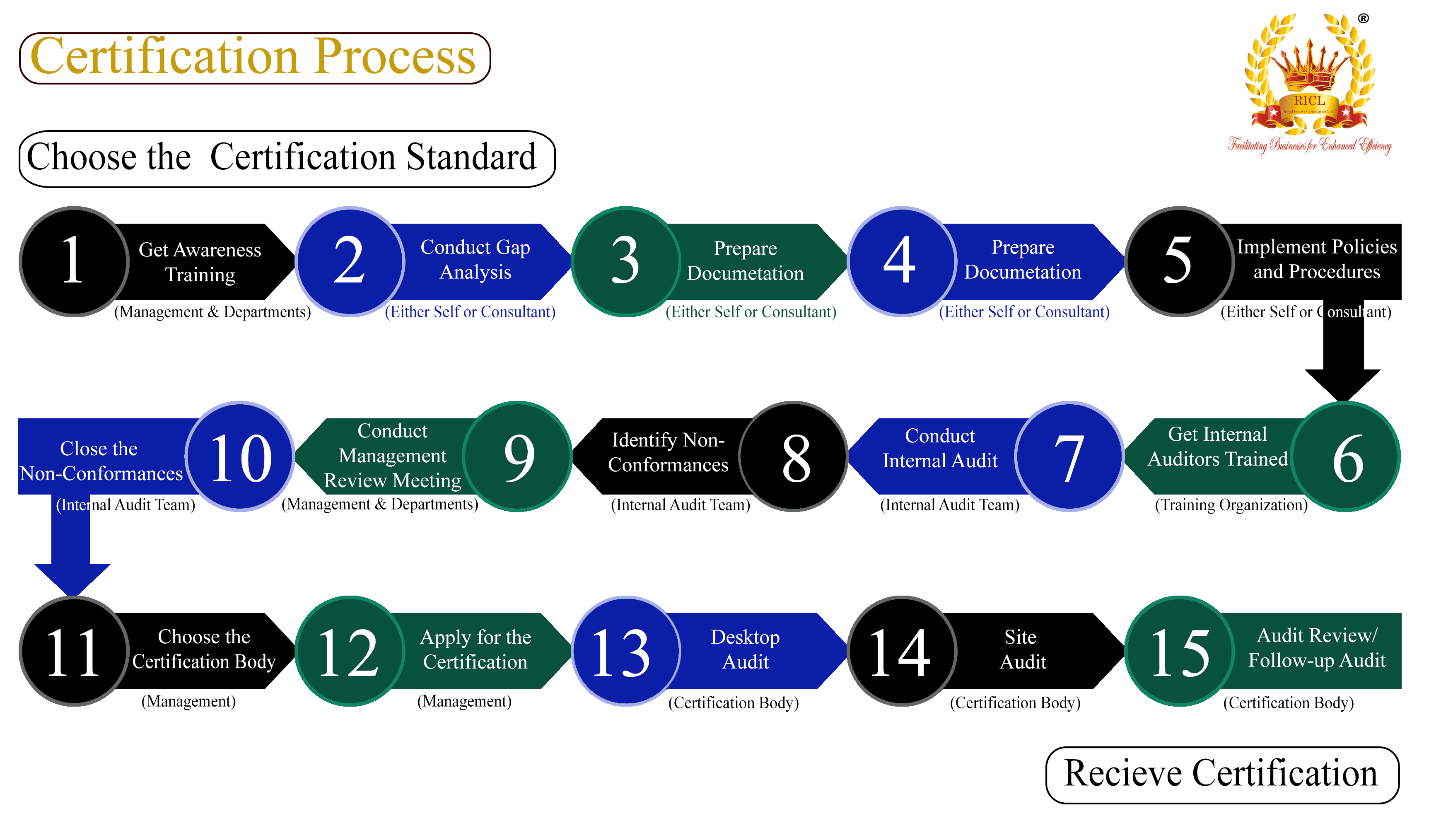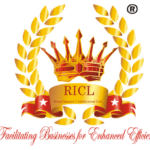
IP
IP (Ingress Protection) testing standard is a globally recognized standard used to classify the degree of protection provided by an enclosure against intrusion of solid objects like dust and dirt, as well as water. The IP code is followed by two digits; the first indicates protection against solid objects, while the second indicates protection against liquids.
IP (Ingress Protection) testing standard is a globally recognized standard used to classify the degree of protection provided by an enclosure against intrusion of solid objects like dust and dirt, as well as water. The IP code is followed by two digits; the first indicates protection against solid objects, while the second indicates protection against liquids.
Here’s what each digit represents:
The first digit (0-6) represents protection against solid objects such as dust and dirt. The higher the number, the greater the protection. For example:
0: No special protection
1: Protected against solid objects over 50mm (e.g., accidental touch by hands)
6: Dust tight (complete protection against dust)
The second digit (0-9) represents protection against liquids. Again, the higher the number, the better the protection. For example:
0: No protection
8: Immersion beyond 1 meter (water submersion depth may vary depending on the manufacturer’s specifications)
9: High-pressure water jets and steam cleaning
So, for instance, an IP rating of IP67 means the device is dust tight (6) and can be submerged in water up to 1 meter for 30 minutes (7). IP68, on the other hand, indicates the device is dust tight (6) and can withstand immersion in water beyond 1 meter for a specified time.
These standards are defined by the International Electrotechnical Commission (IEC) in their standard 60529. IP ratings are important for various industries, including electronics, automotive, and outdoor equipment, to ensure that products can withstand environmental conditions.

Ingress Protection (IP) ratings are used to define levels of sealing effectiveness of electrical enclosures against intrusion from foreign bodies (tools, dirt, etc.) and moisture. Here are 50 industries where IP ratings are particularly relevant:
- Electronics Manufacturing
- Automotive Industry
- Marine Equipment Manufacturing
- Outdoor Lighting Fixtures
- Telecommunications
- Data Centers
- Mining Equipment Manufacturing
- Construction Equipment
- Power Generation
- Renewable Energy (Wind, Solar, etc.)
- Agricultural Equipment
- Pharmaceutical Manufacturing
- Food and Beverage Processing
- Textile Industry
- Chemical Processing
- Petrochemical Industry
- Oil and Gas Industry
- Water and Wastewater Treatment
- HVAC Manufacturing
- Railroad Equipment
- Aerospace
- Defense and Military Equipment
- Packaging Machinery
- Paper and Pulp Industry
- Printing Technology Equipment
- Medical Devices and Equipment
- Hospitality Industry (Outdoor Equipment)
- Consumer Appliances
- Outdoor Sports Equipment
- Camping Gear
- Commercial Drones and UAVs
- Security and Surveillance Equipment
- Traffic Management Systems
- Navigation and Instrumentation
- Shipping and Container Handling
- Material Handling Equipment
- Welding Equipment
- Firefighting Equipment
- Meteorological Equipment
- Photography and Film Equipment
- Theme Parks and Outdoor Entertainment
- Architectural and Outdoor Landscaping
- Fountain and Pool Equipment
- Spa and Wellness Equipment
- Retail Industry (Outdoor Kiosks, ATMs)
- Event Management (Outdoor Audio-Visual Equipment)
- Public Transport Infrastructure
- Outdoor Digital Signage
- Smart City Infrastructure
- Robotics and Automation
[sp_easyaccordion id=”10777″]
[formsapp id=”662f63f6c4dd546c9916c3db”]
